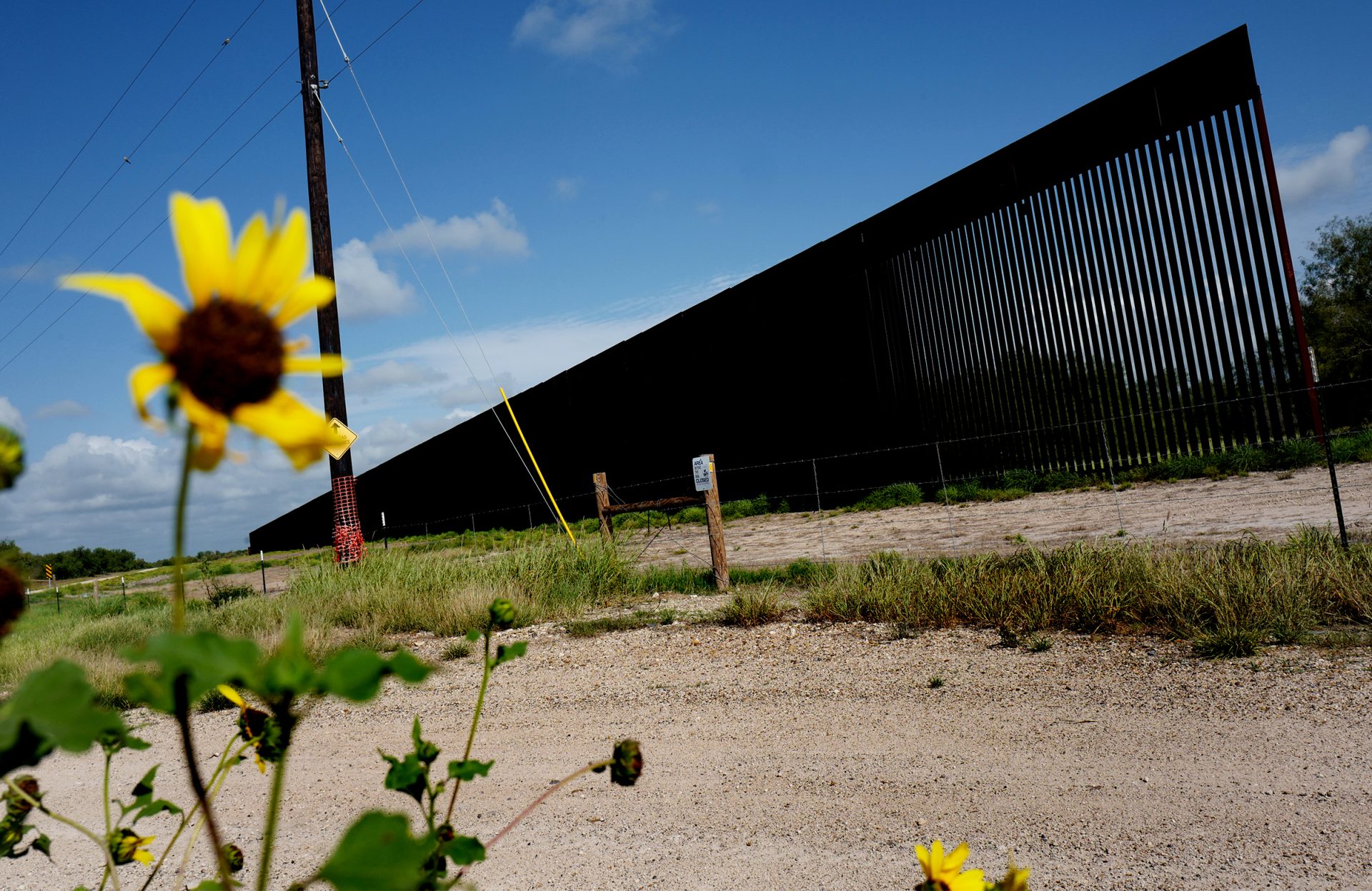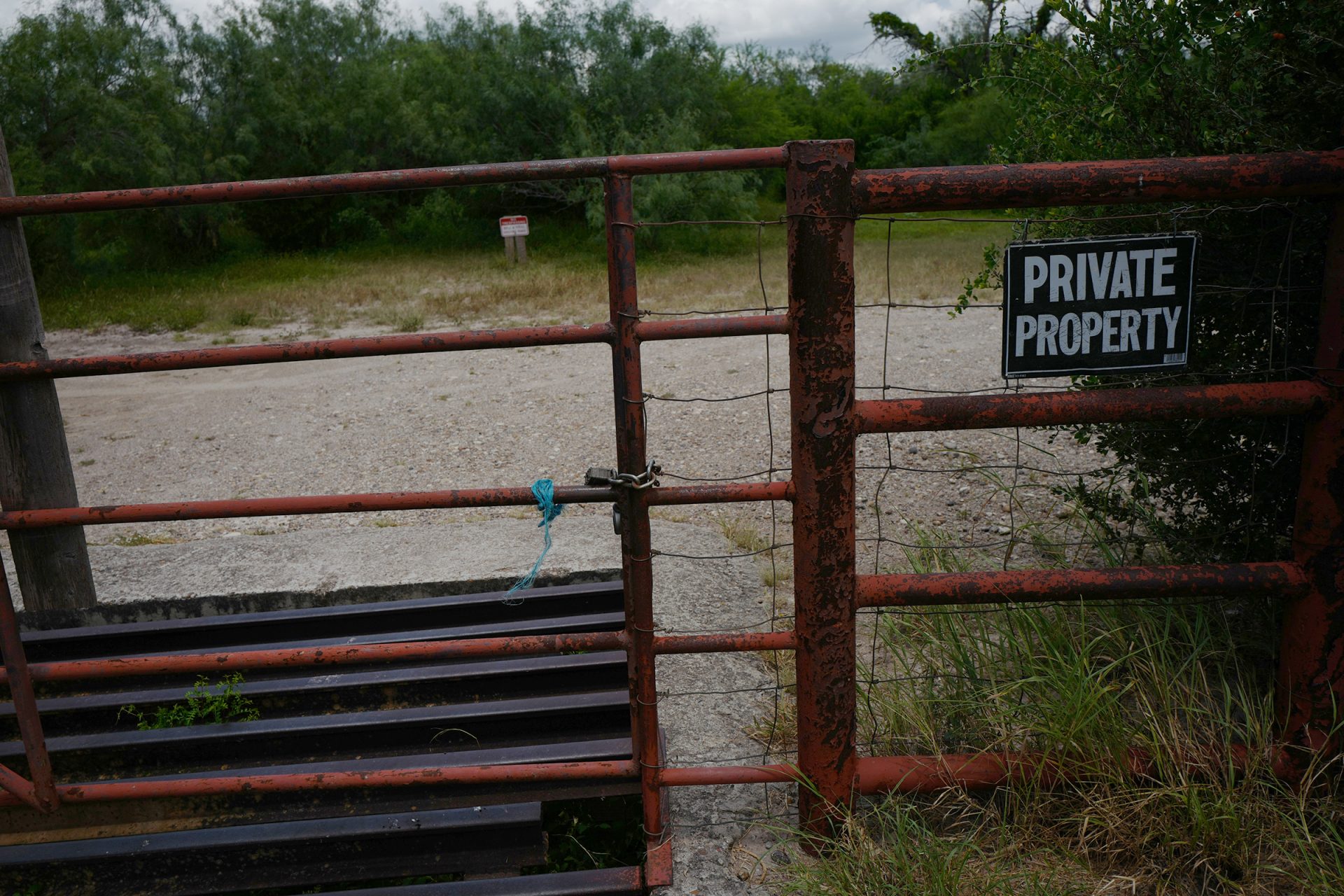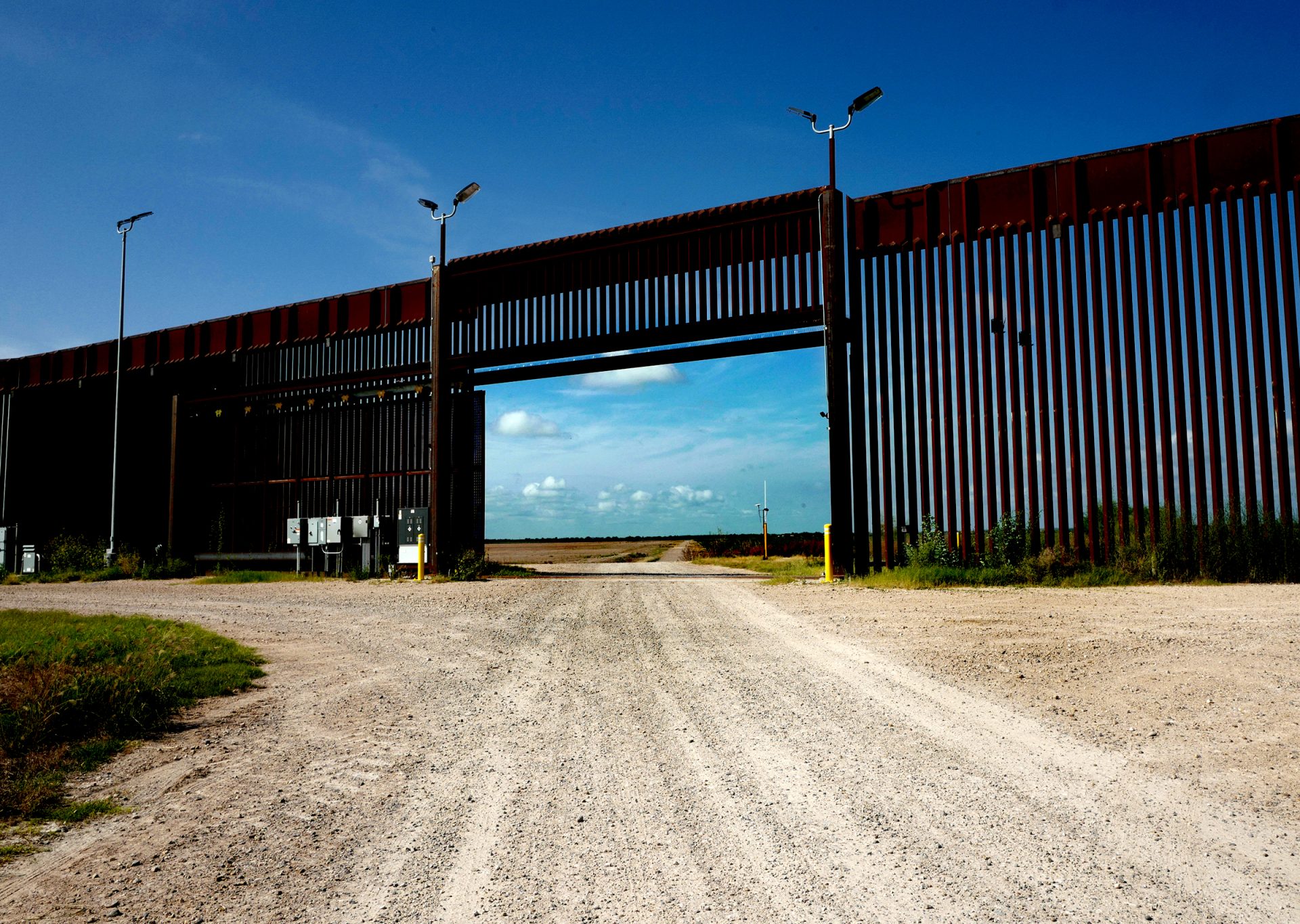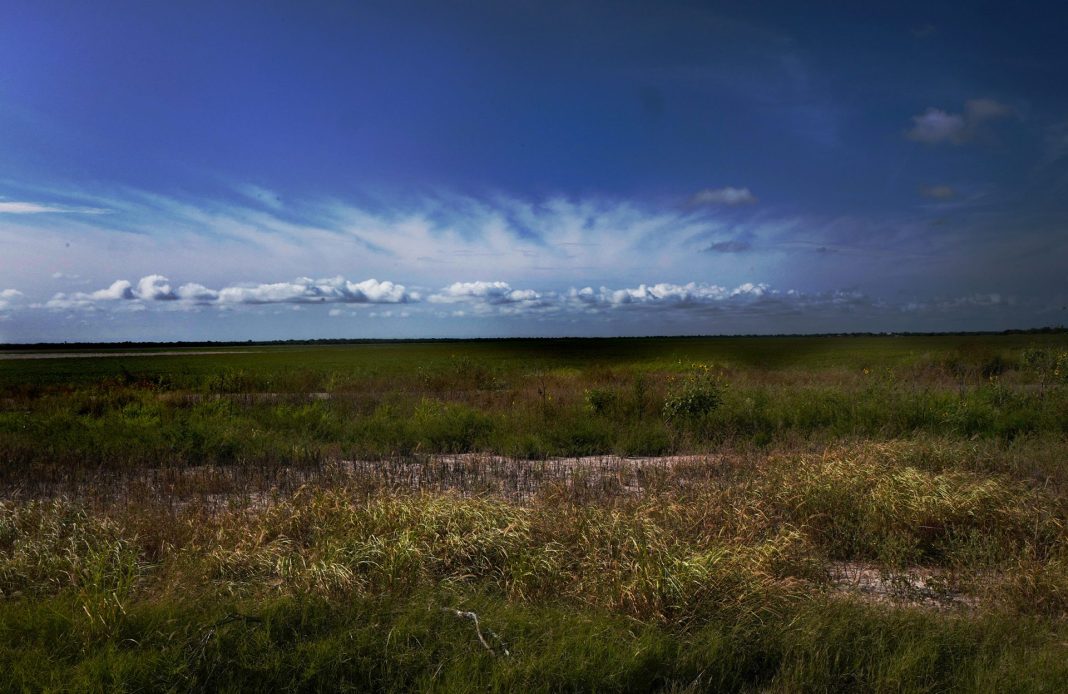|
Only have a minute? Listen instead
Getting your Trinity Audio player ready...
|
McALLEN — A Starr County man is suing the federal government over land it wants to take from him as part of ongoing efforts to build more border wall — land the government took from him once before, then gave back.
The federal government, via U.S. Customs and Border Protection, took nearly 38 acres of Florentino Luera’s land in Chapeño in 2020 as part of former President Donald Trump’s plan to wall off the nation’s southern border.
That year, the feds filed more than a hundred land condemnation suits across the Rio Grande Valley.
But Luera fought back.
Just one year later — and only a few months after President Joe Biden took office — the government agreed to revest the land — or give it back — to Luera and notified him of such on Oct. 12, 2021.
Biden had campaigned on a promise that he would not build “another foot” of border wall.
Within hours of taking the oath of office, the president signed his first executive order overturning Trump’s border wall building mandate. The executive order also mandated that the congressionally appropriated funds meant to bankroll the construction be put to other uses.
The revestment of Luera’s property seemed to further line up with Biden’s campaign promise. But, the dynamic has changed.
In the years since inauguration day, the government has once again begun filing land condemnation suits.

The most recent filings came last month, when the feds issued notice that they intended to seize more than 1,034 acres across Starr County, including some 34.38 acres that belong to Luera.
The government intends to use the land “to conduct surveying, testing, and other investigatory work needed in consideration of any plan for proposed construction of border barrier,” according to a copy of the condemnation suit dated July 1.
The suit further states that the government plans to pay for taking the land and any subsequent work on it via a December 2020 congressional appropriations bill.
But it’s land the government already agreed to give back to him, Luera argues in a July 26 lawsuit he filed in response to the government’s renewed efforts to seize his land.
Further, the government has been trespassing with neither his express permission nor a court order. And now, the government is claiming it actually owns at least a portion of the land it is again seeking to condemn, Luera’s lawsuit further states.
That’s because the government is relying on outdated and “inaccurate” maps of Starr County despite having access to more recent maps of the property’s boundaries, the lawsuit claims.
Those boundaries were identified during the government’s first attempt to take Luera’s land. At the time, Luera had sought — and was granted — a court order declaring him the sole owner of the Chapeño tract.

As part of that process, the court also recognized a more up-to-date “metes and bounds survey” conducted by federal surveyors in 2019.
Then, on Aug. 9, 2023 — almost a year ago to the day — CBP reached out to Leura notifying him that they again hoped to build a section of border wall on his land.
The following month, on Sept. 20 and Sept. 26, Luera’s attorneys responded by asking for more information on “how, and when officials would be entering Mr. Luera’s property,” the lawsuit states.
But the government never responded to those questions. Instead, on Oct. 24, 2023, the DOJ notified Luera of its intent to file the condemnation suit.
Luera claims he has caught government officials trespassing on his land at least two times afterward — the first on Nov. 2, 2023, and again on Feb. 7 of this year.
Both Luera’s lawsuit and the government’s attempt to seize his land remain in the preliminary stages of what will likely be lengthy litigation.
But the questions over what will happen to Luera’s nearly 35 acres aren’t the only ones when it comes to the future of the border wall.

Between the assistant U.S. attorneys assigned to the condemnation suit and Luera’s attorneys at Texas RioGrande Legal Aid, there’s been some confusion over where the funding for the proposed border wall construction will come from.
At one point, Luera’s attorney, Peter McGraw, appears to think the funding is coming from either 2018 or 2019 congressional appropriations bills, which he argues cannot be used.
“I don’t think any of this construction or surveying is authorized using FY2019 funds,” McGraw wrote in a September 2023 email to opposing counsel with the Justice Department.
Exhibits included as part of the condemnation suit last month, however, cite funding approved by Congress in 2020.
But it’s not just Luera’s attorneys who are concerned over where the money is coming from or how it’s being used.
The state of Texas has also become deeply involved in the border wall issue.
In 2021, Texas Attorney General Ken Paxton sued the federal government in an attempt to force it to apply the $1.4 billion approved during the Trump administration toward the purpose for which it was appropriated.

This week, Paxton declared victory in the yearslong legal battle.
“Earlier this year, a federal district court granted a permanent injunction to end the Administration’s effort to illegally defund the border wall,” the attorney general’s office stated in a news release on Thursday.
The injunction became permanent this week after the federal government allowed the deadline for appeal to lapse.
“This is a final victory against Biden’s attempt to defund the border wall. His Administration illegally sought to prevent construction of the border wall and illegally attempted to repurpose the money,” Paxton stated.
The judge issued his injunction on March 8.
Two months later, the DOJ began filing the latest spate of land condemnation suits, including one for 100 acres in Webb County.
The government cites a March 15, 2022 appropriations bill as the funding source for the $1.5 million in “just compensation” it has set aside to seize the land, where it plans to build a “Border Patrol Joint Processing Center,” according to a court document dated May 24.




